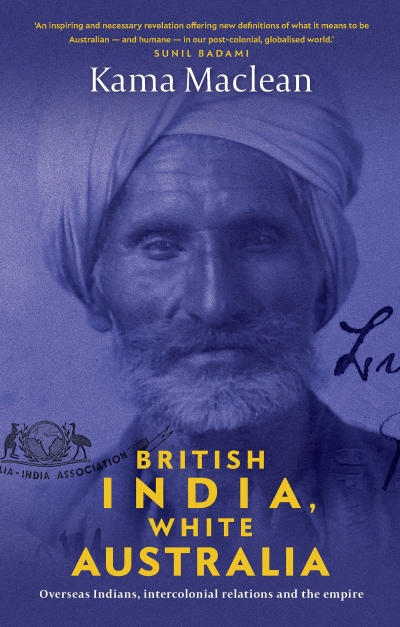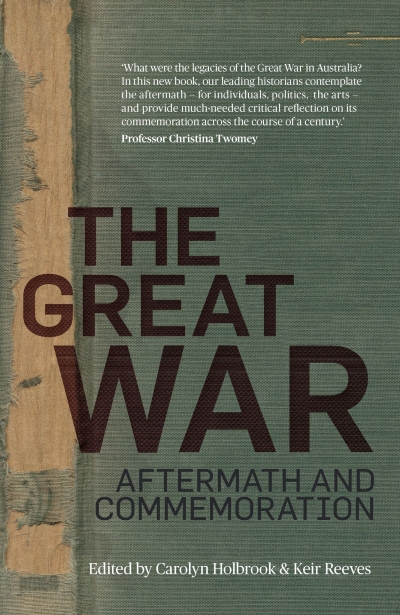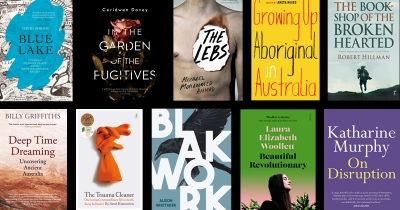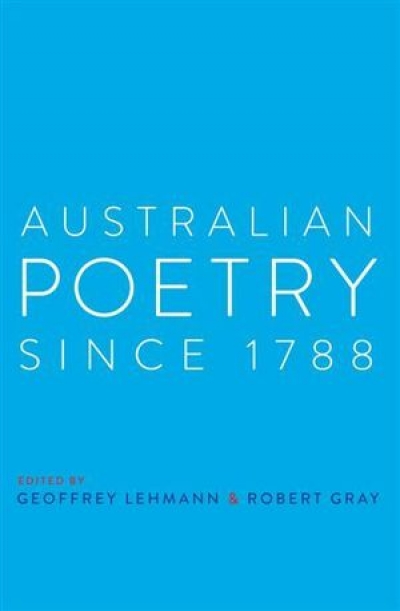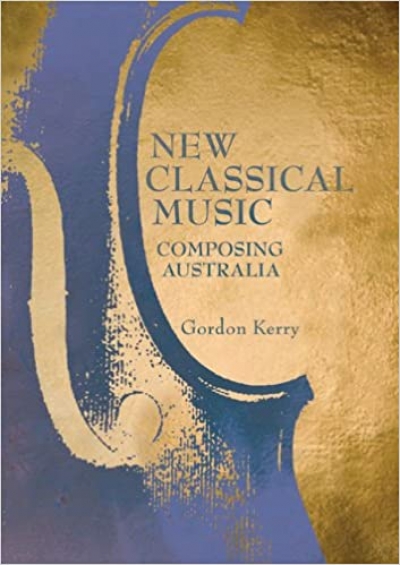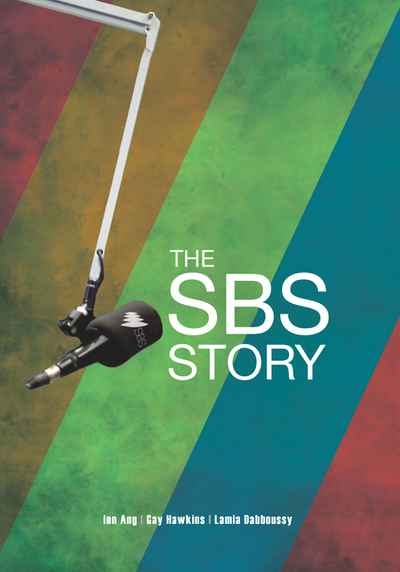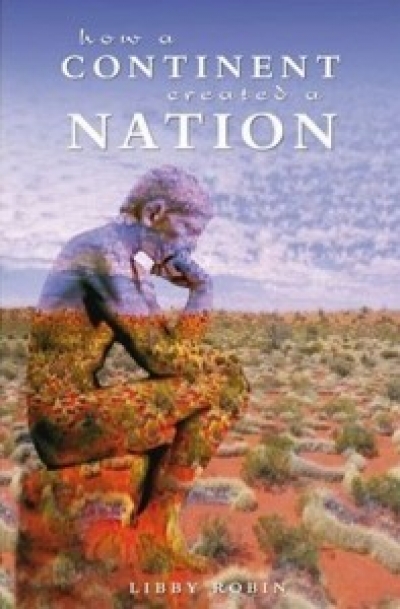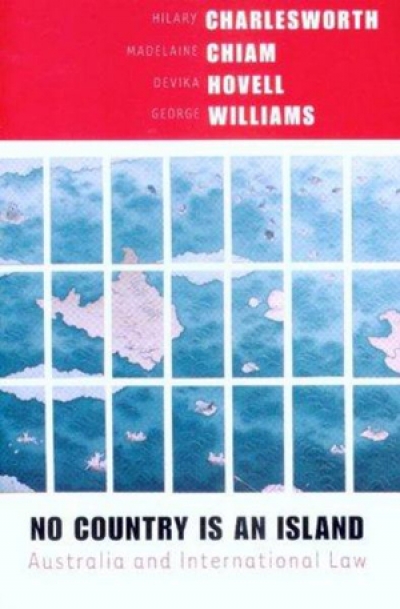UNSW Publishing
Veiled Valour: Australian Special Forces in Afghanistan and war crimes allegations by Tom Frame
by Kevin Foster •
True Tracks: Respecting Indigenous knowledge and culture by Terri Janke
by Laura Rademaker •
British India, White Australia: Overseas Indians, intercolonial relations and the Empire by Kama Maclean
by Chris Wallace •
The Great War: Aftermath and commemoration edited by Carolyn Holbrook and Keir Reeves
by Kate Ariotti •
To complement our ‘Books of the Year’ feature, which appeared in the December 2018 issue, we invited some senior publishers to nominate their favourite books of 2018 – all published by other companies.
... (read more)Australian Poetry since 1788 edited by Geoffrey Lehmann and Robert Gray
by Michael Hofmann •
The SBS Story: The challenge of cultural diversity by Ien Ang, Gay Hawkins and Lamia Dabboussy
by Dean Biron •
No Country is an Island: Australia and international law by Hilary Charlesworth et al.
by James Upcher •



